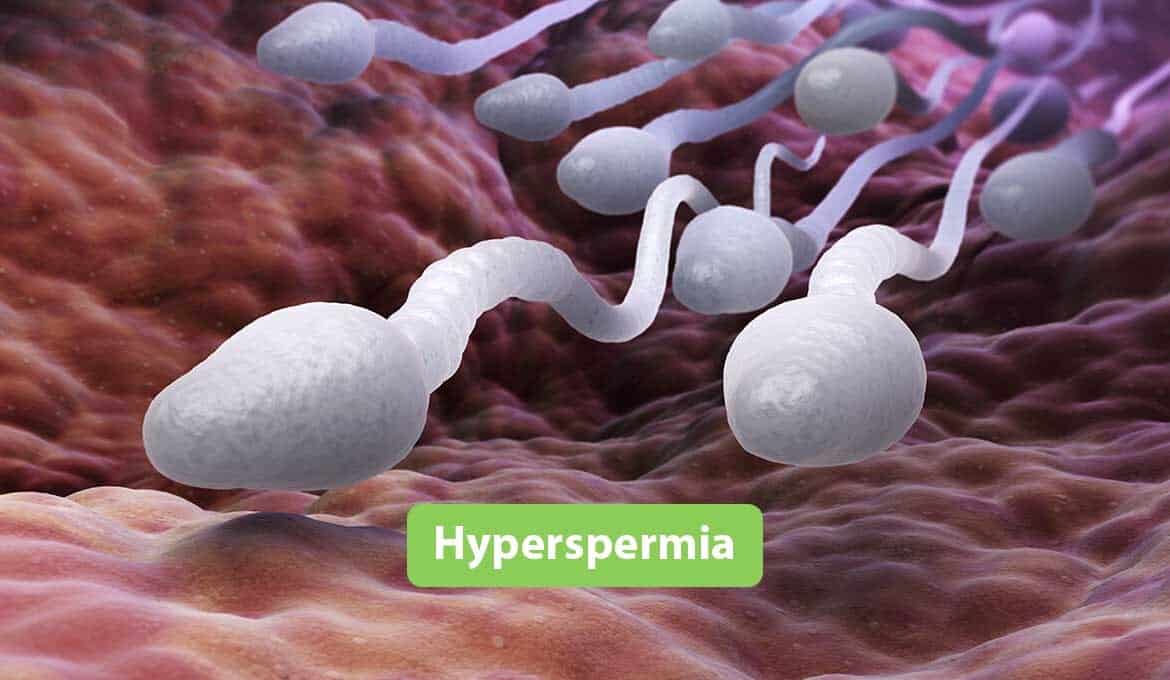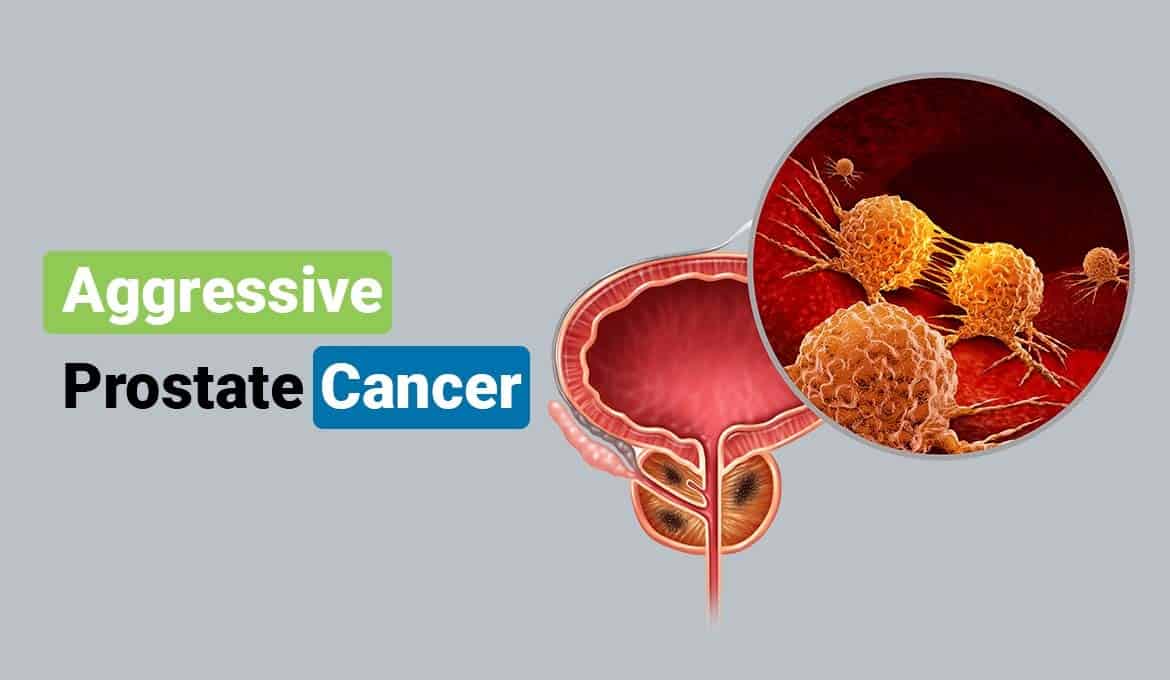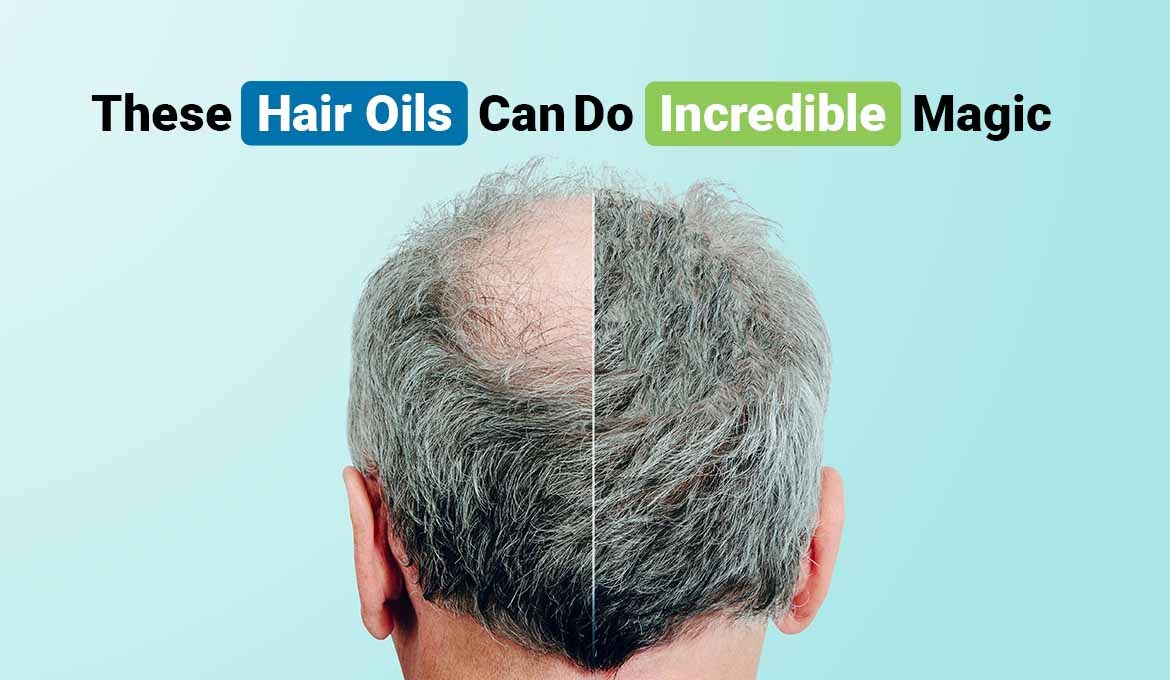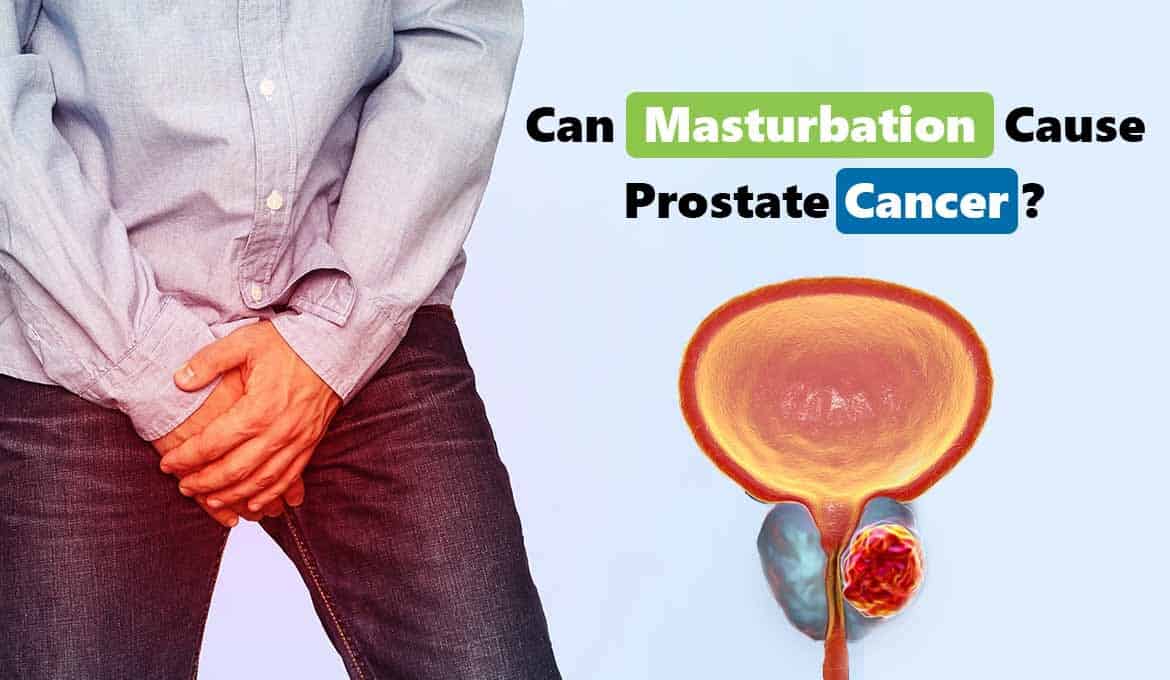
Beards are universal mania and one of the sexiest features a man can own. For some, a beard symbolizes masculinity and strength. Beard also protects the face skin from the sun and prevents allergens from inhaling through the nose.
But for some, it is challenging to grow a beard. The reasons can be many, like your genes or some conditions stopping you from growing a beard.
Having patchy facial hair can be truly heartbreaking, but there is hope. All your worries can be solved with a beard transplant.
Like a treatment of hair transplant performed to transplant your hair on your scalp, you can also go for a beard implantation for luscious facial hair. But beard transplants also possess some risks that you need to consider.
In this article, we will share everything you need to know about beard transplants and highlight some things to consider.
What is a Beard Transplantation?
Beard transplantation is the surgical process where hair follicles are removed from one section of your body and transplanted according to your desire, especially your jawline. This process can be done with either one approach:
1. Follicular Unit Extraction (FUE):
The surgeon mostly chooses this process, as it is less painful. The method includes the following:
- To make hair removal and insertion simpler, doctors cut through both the donor and recipient areas.
- Then, small holes are made in the face to transplant the hair.
- From the follicular units, hair straps are removed with the follicle intact.
- Then, these follicular units are fixed on the small holes that were made on the face.
2. Follicular Unit Transplantation (FUT):
This procedure requires the harvesting of strips and dissection, which makes it a little complex. The method includes the following:
- First, it cuts out small tissue strips from the backside of your head, and small holes are drilled into the face.
- Then, from that tissue, the hair follicles will be removed.
- The wound is sealed and made by strip harvesting.
- These tissue strips are dissected into smaller pieces using a microscope.
- Then, these tissues are inserted into the face.
Causes Of Beard Hair Loss
For the best treatment, it is essential to know the root cause of hair loss in your beard. Common causes of beard hair loss include:
- Genetics and age.
- Autoimmune conditions.
- Depression and eating disorders.
- Lifestyle factors.
However, some temporary causes can be fixed by consulting a physician, who may advise you to change your lifestyle, improve your diet, and treat eating disorders to lessen the hair loss of your beard.
If age or genetics is the cause, your surgeon will safely advise a hair transplant according to your age.
What Is The Process of Beard Transplant?
Let's break down the process of beard transplant and understand how surgeons perform this procedure:
-
Harvesting
No matter what, you choose between FUE or FUT. The surgeon will shave your backside head and harvest the hair follicles. You will be given a normal anesthetic so you don't feel pain or uncomfortable during the transplantation.
-
Implantation
Once the surgeon completes harvesting the hair follicles, an anesthetic will be given to the face area where the hair implants must be done.
This is called the implantation process, where every individual follicle will be set into your facial skin, forming your new beard according to your desire discussed before surgery.
-
Recovery
It takes a whole day to recover after surgery. Near your recently implanted hair follicles, small crusts will be formed. Do not worry; they will fall off entirely after some days.
After 7-10 days, you can usually trim or shave your beard. If you notice that all the hairs of your new beard will fall out in 2-3 weeks, do not worry; the hair will gradually start producing naturally.
Things To Consider
For a beard transplant, your follicles must be healthy at the backside of your head as hair is harvested from that area. Your scalp can still produce enough hair growth no matter how much you lose hair.
Your surgeon will closely analyze your scalp before starting the hair transplant to check the number of follicular units.
A beard transplant helps get beard hair thick, look natural and permanent, and recover quickly. Before opting for beard implants, here are some things to consider:
1. Consider a qualified provider
It is important to consider an experienced surgeon for a beard transplant. A highly skilled surgeon will ensure you give a natural-looking result. Here are a few things to consider:
-
Training
You can review their websites or ask surgeons about their training information and whether they are trained under well-skilled experts.
-
Experience
The hair transplant process requires a lot of practice and time. Request your surgeon about their experience in doing this process.
-
Technique
Ensure your surgeon has adequate experience in a specific technique you go with, like manual FUE.
-
Specialization
A surgeon specializing in hair transplants would be more helpful than professionals who provide a more comprehensive service.
-
Industry Reputation
If your surgeon is a member of any organization like ISHRS or any other, they will be updated to the latest advancements.
-
Consultation
Before the process, the hospital should examine disorders related to beard growth. They will also check your hair thickness with an updated program to estimate the amount of donor follicles and transplants needed.
2. Directions to be obeyed after one week of treatment
Here are a few points you need to consider after one week of your beard transplant:
- Regularly use the medicines and antibiotics prescribed by your surgeon.
- Follow the instructions advised by your experts for washing your beard in the first week.
- After one week, do not rub your face.
- You may feel itchy during wound healing. To avoid this, gently wash and dry your face without rubbing and applying pressure.
3. Directions to be obeyed after three months of treatment
In the starting phase for 3 months, avoid shaving as facial hair or beard grows. If you shave it, the growth will get disturbed. The new beard hair will be visible after 10 months of beard transplantation. So, before anything, consult your doctor.
4. Beard Implant Cost
Beard hair transplants are costly. Depending on the number of grafts needed, beard transplant costs can range above $15,000.
Partial transplants to grow facial hair areas that currently do not succeed can range between $3,000 and $7,000. So, discuss the cost with your doctor at the first meeting.
Before starting the process, the surgeon will examine your hair follicle. Also, ask your doctor about the cost of a consultation visit.
Any insurance does not cover beard transplantation as they fall under cosmetic surgery. However, some doctors allow you to pay in installments, so ask about financing options.
Benefits Of Beard Transplant
A beard transplant is the most effective technique to grow new hair on your face, which has many advantages. Some of them are below:
- Use Your Natural Hair
In beard transplants, your hair is plugged out from one part of your body and into the cheeks, chin, or neck to grow new hair.
- Gives Real Beard Look
The results of beard transplants are highly realistic, intending to reduce patchiness and effortlessly groom.
- Quick, Easy, and Mostly Painless
The beard transplant process is quick, easy, and painless. It usually takes less time to heal as compared to other surgeries. Generally, the surgery is completed only in one sitting, but in some severe cases, it requires two to three sittings with 2 to 12 hours.
Within a few weeks, your bread transplant will start to heal. The hair will fall off gradually, and new hair will grow.
Side Effects of Beard Transplant
Any medical technique comes with some risks. However, your doctor will share the risks; you should also be self-aware. Your face and scalp might face the following side effects:
- Numbness
- Redness
- Swelling
- Tightness
- Temporary scars or crustiness
You will notice scars in the donor place. But do not worry. Your hair will slowly grow and cover it up. The spots appear due to the FUE process, but they are unnoticeable. However, FUT can be long.
Fortunately, there will be no scars on the implant site. A crusty surface of healing skin will occur, but it will fall naturally. If you notice any swelling, redness, irritation, or crustiness for more than two weeks, get advice from a doctor.
Summing Up
A beard transplant is a great way to cover the space of your beard and get your dream beard. Yes, it is expensive, but its effects are long-lasting. Try topical treatments, supplements, and lifestyle changes to avoid the implant route and promote hair growth.
It is a surgical process, but there is nothing to fear. However, some complications and risks remain, such as facial scars and infection, but they gradually disappear.
Therefore, before opting, you should first research everything you want to know about beard transplant before and after things to consider. Talk with your doctor and fully understand the benefits, treatment risks, results, and alternative treatments.
FAQs
1. How long do beard implants last?
Ans: Once the growth phase has started, the hair will be permanent. About 90% of hair grafts will survive and grow.
2. Can I shave after my beard transplant?
Ans: Do not shave a transplanted beard after surgery for at least 7-10 days, as new hair growth will get disturbed.
3. Does a hair transplant treatment hurt?
Ans: No, you will be given a local anesthetic before the process so you do not feel any pain.
4. When can I sleep normally after a beard transplant?
Ans: Returning to your regular sleeping routine will take at least ten days. Avoid physical activities and certain sleeping positions, washing, etc.
5. When can I see the results of a beard transplant?
Ans: It takes 3-4 months after the surgery to notice its result. By the 5th month, you will notice some hair in the transplanted area. By the 6th or 8th month, the effect will be noticeable.
Read Also:












